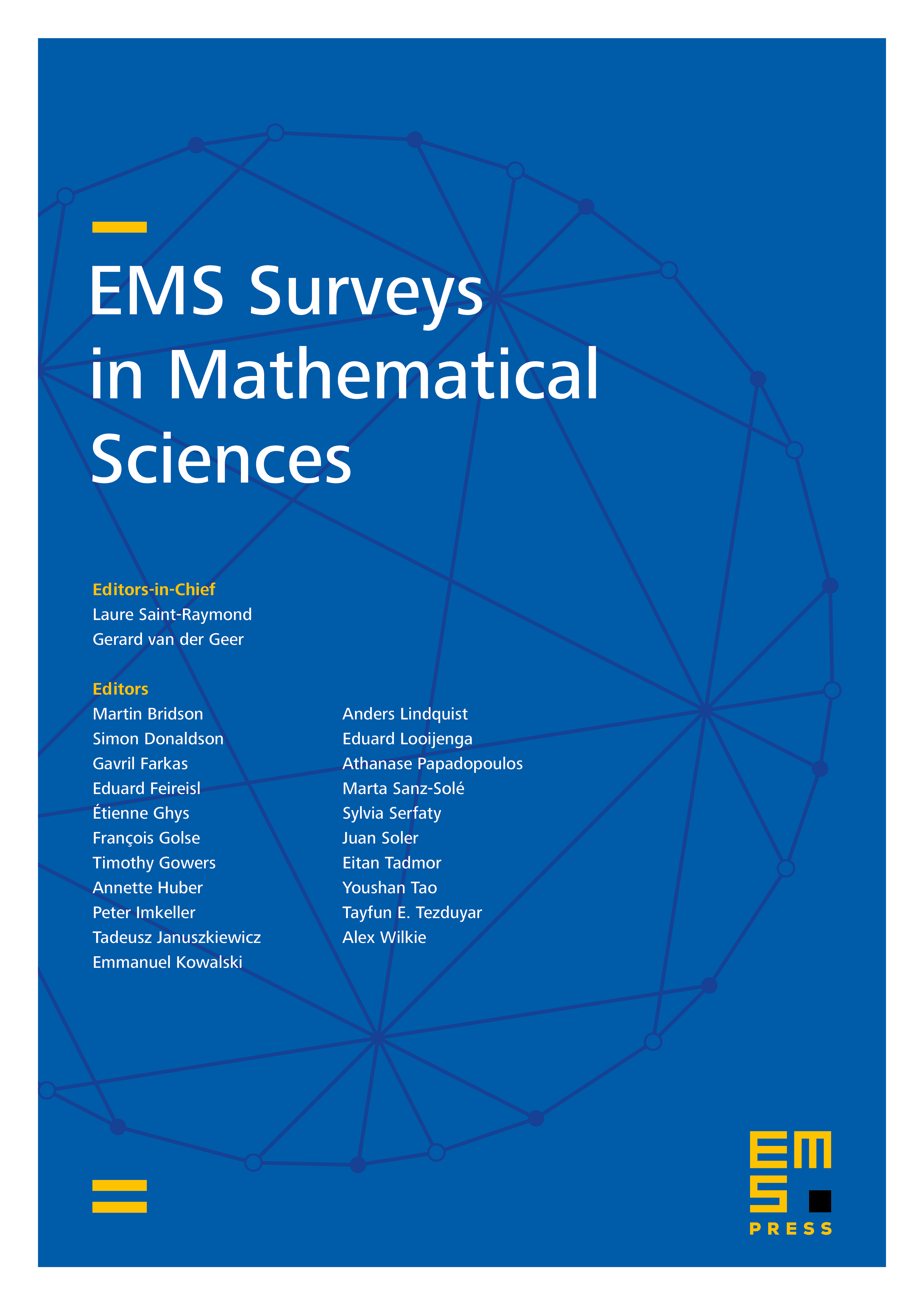Algebraic combinatorial geometry: the polynomial method in arithmetic combinatorics, incidence combinatorics, and number theory
Terence Tao
University of California Los Angeles, United States

Abstract
Arithmetic combinatorics is often concerned with the problem of controlling the possible range of behaviours of arbitrary finite sets in a group or ring with respect to arithmetic operations such as addition or multiplication. Similarly, combinatorial geometry is often concerned with the problem of controlling the possible range of behaviours of arbitrary finite collections of geometric objects such as points, lines, or circles with respect to geometric operations such as incidence or distance. Given the presence of arbitrary finite sets in these problems, the methods used to attack these problems have primarily been combinatorial in nature. In recent years, however, many outstanding problems in these directions have been solved by algebraic means (and more specifically, using tools from algebraic geometry and/or algebraic topology), giving rise to an emerging set of techniques which is now known as the polynomial method. Broadly speaking, the strategy is to capture (or at least partition) the arbitrary sets of objects (viewed as points in some configuration space) in the zero set of a polynomial whose degree (or other measure of complexity) is under control; for instance, the degree may be bounded by some function of the number of objects. One then uses tools from algebraic geometry to understand the structure of this zero set, and thence to control the original sets of objects.
While various instances of the polynomial method have been known for decades (e.g. Stepanov’s method, the combinatorial Nullstellensatz, or Baker’s theorem), the general theory of this method is still in the process of maturing; in particular, the limitations of the polynomial method are not well understood, and there is still considerable scope to apply deeper results from algebraic geometry or algebraic topology to strengthen the method further. In this survey we present several of the known applications of these methods, focusing on the simplest cases to illustrate the techniques. We will assume as little prior knowledge of algebraic geometry as possible.
Cite this article
Terence Tao, Algebraic combinatorial geometry: the polynomial method in arithmetic combinatorics, incidence combinatorics, and number theory. EMS Surv. Math. Sci. 1 (2014), no. 1, pp. 1–46
DOI 10.4171/EMSS/1